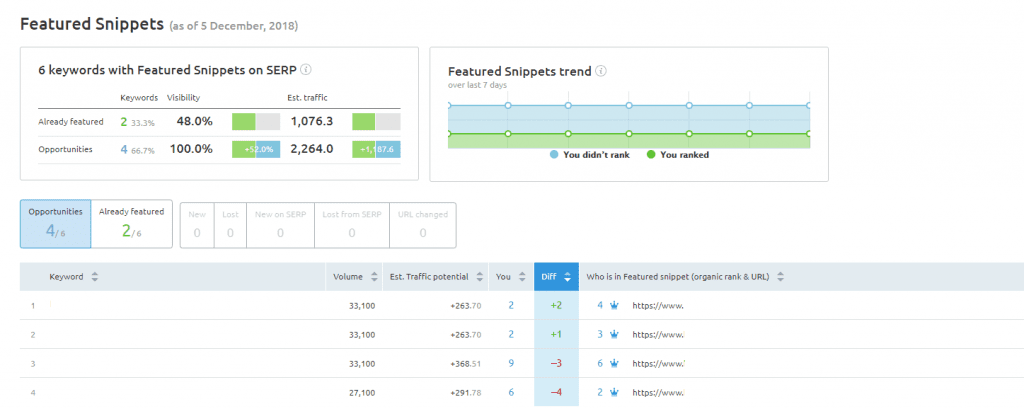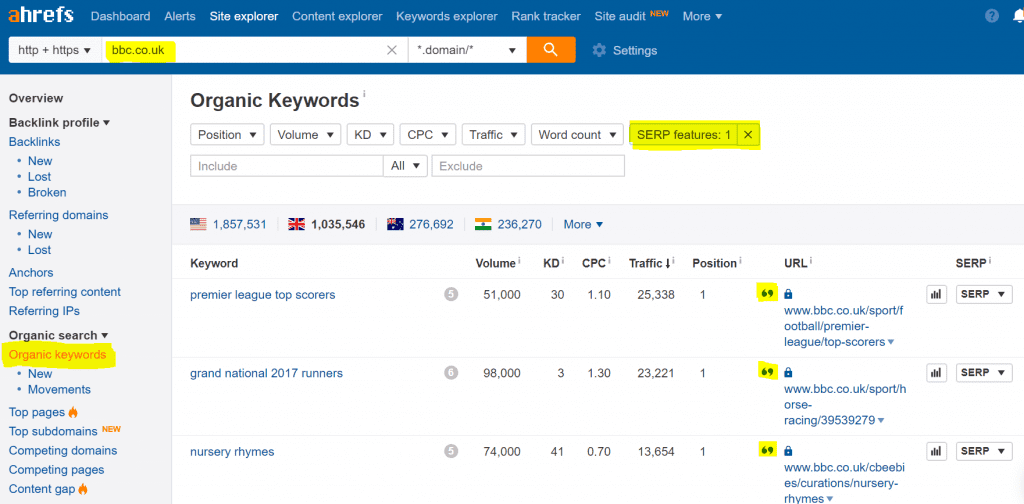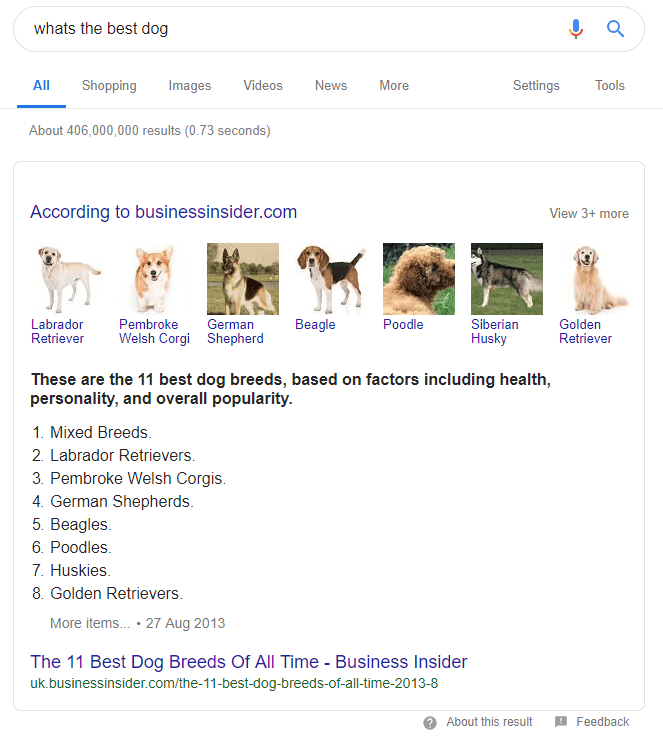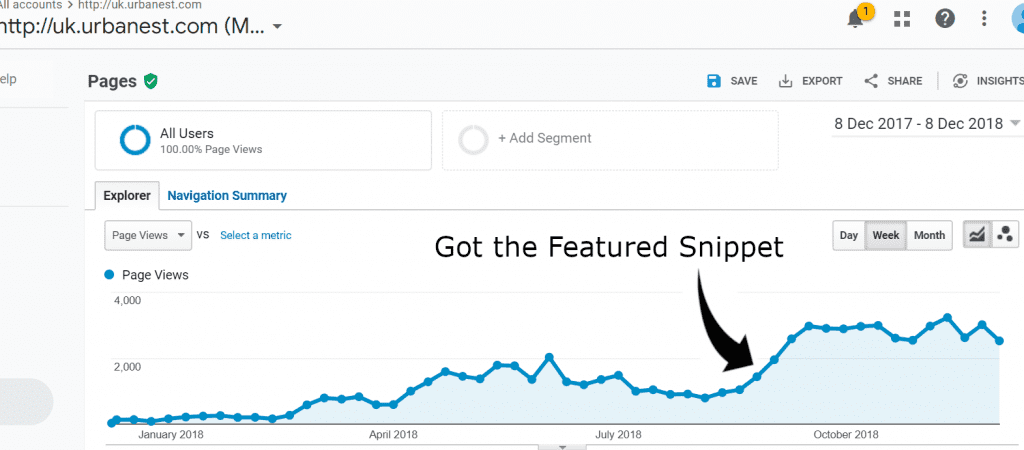We’re sure you’re already aware of featured snippets, so we’ll skip the introduction and deep-dive into why they’re important and how to challenge for that position-0 spot.
Jump to:
- Why featured snippets are valuable
- What type of search queries have the best chance
- How to find featured snippets for your site
- How to steal a featured snippet
- Are they worth the hassle?
- Going further…
Why featured snippets are valuable
With algorithm and SERP updates a-plenty over the last few months, there’s been a huge change in how you should focus your content efforts. Authority, trust and brand-building are now key ingredients for the perfect SEO-cocktail. And to drag that metaphor unnecessarily onwards – it is party season after all – featured snippets are the Cosmopolitans of SEO:
- Simple.
- Solve the user’s problem.
- Quietly, but surely, draw the user further down the rabbit hole.
We’ll go into the data a little later. For now, here are the top reasons you should make featured snippets a major part of your content strategy:
- DOMINATE THE SERP – featured snippets take up a substantial amount of the SERP landscape.
- STEAL THE CLICK – Only a third of featured snippets come from rank 1 pages.
- IMPROVE CTR – If Google rate you worthy, users will too.
- VOICE SEARCH – 60% of voice searches result in a no-click search. While nobody but the user wants no-click SEO, it’s here to stay and you don’t want to get left behind.
Rolled out predominantly in the US and UK markets, featured snippets have quickly become a common feature of the search landscape. They may only make up around 12.3% of queries, according to a study by Ahrefs, but they’re often from users who aren’t yet sure what they’re after.
AKA willing to listen.
AKA ready to be converted.
What type of search queries have the best chance?
Most featured snippets are triggered by question, comparison and instruction queries:
- The W’s – what, which, why, where, when, who.
- How To’s – anything instructional / requiring advice.
- Comparisons – Best, top ten, useful, etc.
How to find featured snippets for your site
Nearly all pages that have featured snippets already rank in the top 10, with around 30% in position 1. So, you should only be optimising content that’s already doing well or creating content that has a chance to rank well.
Once you’ve identified which of your content ranks well, you need to break this down further to what has a chance of becoming a snippet. As mentioned, content that provides information – questions, lists, instructions – are your best bet.
More importantly, the most valuable featured snippets are those which answer a question but lead the user to a product or service you offer. Izzi Smith, SEO Manager at Sixt, identifies queries which are midway between transactional and informational as the golden spots you should be aiming for. See her useful presentation from BrightonSEO.
Related: The Best Rich Snippets & How to Get Them
Tracking Featured Snippets with SEMRush
If you’re working with lots of content or numerous sites, it can be a little long-winded to manually search for the opportunities. SEMRush have a useful featured snippet tool as part of their Position Tracker. This will do the work for you, highlighting the keywords for which you could easily steal a and the URL that’s currently featured. It’ll also show you what keywords and landing pages you are already featured for.

To find this section on SEMRush:
- Click projects in the left navigation panel
- Choose your project
- Go to position tracking
- Click the Featured Snippets tab
Tracking Featured Snippets with Ahrefs
Ahrefs is also a great tool to use for tracking featured snippets. Follow these steps to track featured snippets your site or a competitor’s site currently ranks for:
- Enter the domain in the top bar
- Choose Organic Keywords in the left side panel
- Click SERP Features in the filter bar
- Select Featured Snippets
- Hit Apply
This will bring up a list of all the keywords you are featured for alongside search volume, your traffic and position. Use the same process for your competitors and you can start to work out where your opportunities lie.

How to Find Featured Snippets Without Paid Analytics Tools
Of course, there are digital marketers and businesses who don’t have the cash for expensive analytics software. If this sounds like you, don’t worry, you can still challenge for that valuable position-0 spot.
- Identify your high-ranking content
- List your keywords
- Search Google for featured snippets around those keywords
- Analyse what is featured in terms of style, length and content.
- Create a spreadsheet of the opportunities
- Optimise your content for the featured snippet (see How to Steal Featured Snippets)
- Check, record results, and repeat.


